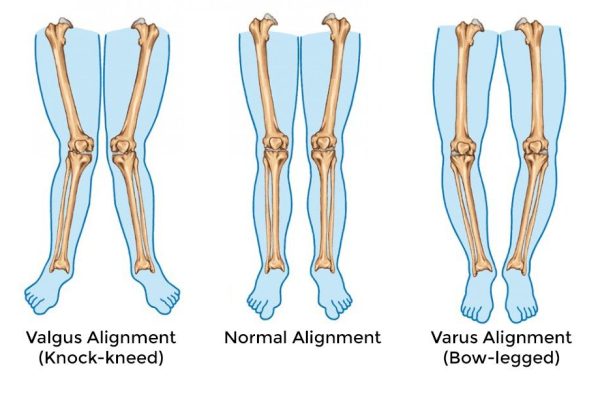Bowlegs correction surgery ( osteotomy) in iran
What are Bowlegs?
The most common angular deformities affecting children are:
-
Genu valgum (knock-kneed): Knock knee is a condition in which the legs curve inward at the knees. When a child stands, the knees appear to bend toward each other and the ankles are spread apart.
-
Genu varum (bow-legged): Bowed legs are very common in toddlers. If a child has bowlegs, one or both legs curve outwards. When your child stands there is a distinct space between the lower legs and knees.
Bowlegs are a condition in which a person’s legs appear bowed out, which means that their knees stay wide apart, even when their ankles are together. Bowlegs is also known as congenital genu varum. Bowlegs can sometimes be a sign of an underlying disease, such as Blount’s disease or rickets and may lead to arthritis in the knees and hips.
Treatment options may include braces, casts, or surgery to correct Bowlegs. Sometimes, kids with bow legs may walk with the toes pointed inward or they may trip a lot and appear clumsy. These problems generally resolve as the child grows. If the condition lasts into the teenage years, it may cause discomfort in the ankles, knees, or hips.
Main causes of bow legs (genu varum):
-
Idiopatic genu varum;
-
Knee osteoarthritis ;
-
Posttraumatic deformity of femur or tibia;
-
Diseases (Blount’s disease, rachitis, etc.)

